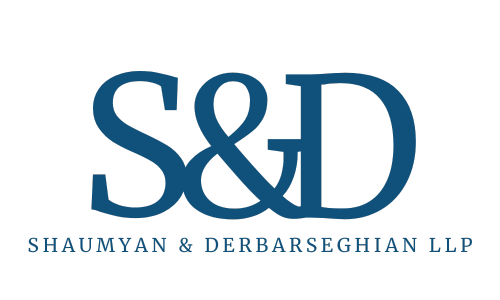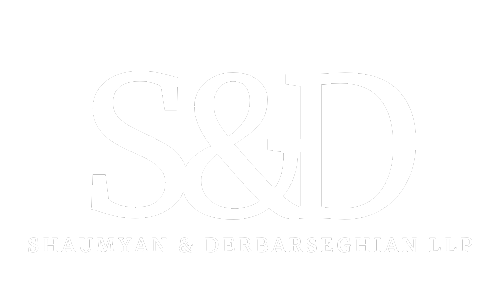
When Code Compliance Isn’t Enough
Imagine you’re shopping at a local mall. The floors are shiny, the lighting is bright, and the staircase seems perfectly normal. But then you trip, fall, and suffer a serious injury. Later, you learn the stairs were built “to code.” So, do you still have a case?
The answer: Maybe.
While building code compliance is important, it’s not a free pass for property owners. Just because a staircase meets the legal minimum doesn’t mean it’s safe in practice. California law allows injured individuals to hold property owners accountable when hazardous conditions exist—even if they technically comply with code.
This blog explores how and when you can file a personal injury claim after a staircase fall, even if the stairs were “up to code.”
The Difference Between Code Compliance and Premises Liability
California building codes set minimum safety standards, but premises liability law imposes a broader duty of care on property owners. Under California Civil Code ©1710, all property owners have a legal duty to keep their premises reasonably safe for visitors.
That means:
- A staircase may meet the basic legal requirements for size, railings, and rise/run ratios—but still be dangerous due to poor lighting, distracting floor patterns, worn treads, or slippery surfaces.
- Property owners are expected to anticipate potential hazards, even if they follow code.
In legal terms, compliance with code is not an absolute defense. Courts may still find property owners liable if a dangerous condition contributed to an accident.
Common Stair Hazards That May Be Legally Actionable
Even “legal” staircases can be unsafe. Here are common conditions that can still lead to valid personal injury claims:
- Uneven or Inconsistent Steps: Even minor irregularities can trip a person, especially if visual cues are lacking.
- Slippery Surfaces: Polished stone or tile, especially without proper traction or slip-resistant coating.
- Poor Lighting: Shadows or dark stairwells can conceal edges and height differences.
- Lack of Visual Contrast: No color contrast between steps and landings makes it harder to distinguish depth.
- Loose Railings or Handrails at Inconvenient Heights: Railings that technically meet height requirements but are hard to grip or placed awkwardly.
- No Signage or Warning for Unusual Designs: Spiral staircases, extra-wide steps, or landings with sudden elevation changes.
Real-World Example: The Illusion of Safety
A shopper in Los Angeles tripped on a staircase that had shallow steps made of polished granite. The stairs were up to code, but lighting from above cast heavy shadows, making it difficult to perceive the step depth. The mall argued that the staircase met all building standards, but a jury still found the property owner liable for failing to reasonably ensure safety given foreseeable risks.
This case highlights an important principle: code compliance does not eliminate liability.
What You Should Do If You Trip on a Staircase in a Public Place
If you’ve been injured in a fall on stairs at a shopping mall, retail center, or other public venue, take these steps to protect your rights:
- Seek Medical Attention Immediately Documenting your injuries is crucial both for your health and your legal case.
- Report the Incident to Management. Ask to file an incident report and keep a copy for your records.
- Document the Scene Take photos of the stairs, lighting conditions, and any hazards. Include different angles and close-ups.
- Get Witness Statements If anyone saw the fall, ask for their contact info and a brief statement.
- Contact a Personal Injury Attorney A lawyer can evaluate whether the property owner breached their duty of care, even if the structure complied with local building codes.
How Shaumyan & Derbarseghian, LLP Can Help
At Shaumyan & Derbarseghian, LLP, we specialize in personal injury and premises liability claims throughout California. We understand how nuanced these cases can be—especially when the property owner argues the staircase was legally constructed.
Our legal team will:
- Investigate the scene and gather critical evidence
- Consult with building code and safety experts
- Determine whether the property owner failed to meet their broader duty of care
- Fight to get you full compensation for medical bills, lost income, pain and suffering, and more
We handle all personal injury cases on a contingency fee basis, meaning you pay nothing unless we win your case.
Injured in a Staircase Fall? Get the Legal Help You Deserve
Just because a staircase is up to code doesn’t mean it’s safe. If you’ve been injured due to a fall on stairs at a shopping center or other public location, don’t assume you have no case.

